2012.05.23 09:58
the ethics of parametricism/emergent architectural thought and reification
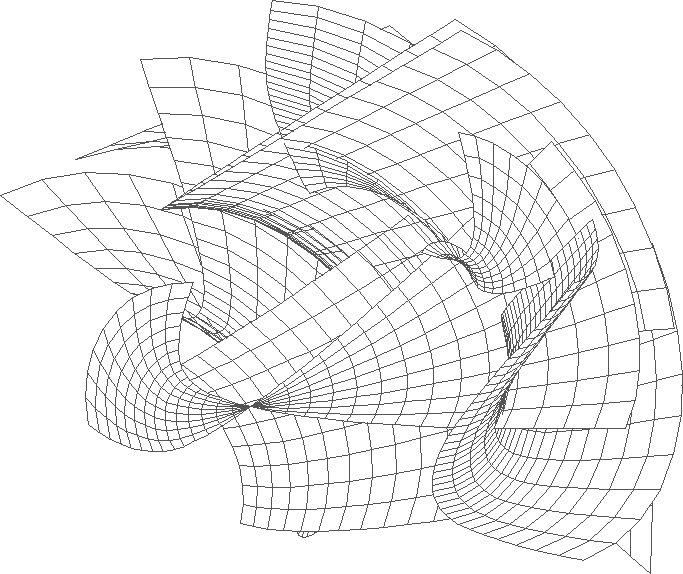
And adding to the 'unexpected' thinking, imagine the image above as the 2-dimentional 'grid' plan of a city. It's like actually stepping out of the mimicry.
What I mean here by "actually stepping out of the mimicry" is that even the image above is a form of mimicry in that it really isn't a bunch of 3-dimensional curved surfaces in space, rather a coherent group of lines that when perceived cause our brain to imagine a bunch of 3-dimensional curved surfaces in space. To see these lines as a grid plan of a city, however, you really have to adjust your imagination. And I'll say that it is within that act of "adjusting the imagination" where the crux of design happens.
I also asked, "Does it still just boil down to a sophisticated play of/with geometry?" I'd say that for the most part yes, in that the base is (many) points in space. Algorithms are used to define the surfaces between the (many) points in space. Super-fast computation puts all this sophisticated geometry in flux (and potential manufacture). Script writing, or lets say the process, is here a continual "adjusting of the imagination"--literally continually adjusting the image--and that is why is it now easy to believe that process is indeed also design.
I now wonder if the process/design of parametrics is better described as 'artificial design' because it still lacks the ability to imagine itself differently than how it is programmed to imagine itself.
...as to your other question:
do you think that the reaction against a referential-discursive practice of architecture (and specifically against eisenman) resulted in a pathology founded on the denial of the role of the reference within architecture that we witness within the rhetoric of emergent parametricism, and more widely, within the current strains of materialist architectural thought?
I'd feel more comfortable answering if you clarified or referenced it with some examples, and maybe even adjusted it to what I just wrote above. If I understand your question correctly so far, it hinges on the "pathology founded on the denial of the role of the reference" and it looks like I might think of that more in terms of 'the role of imagination' rather than the adherence to one design ideology or another.
| |
2013.01.21 12:07
21 January
I can't tell

Is this 1999 Deterritorialized Baroque via Deconstructivism?
Or 1999 Reterritorialized Deconstructivism via the Baroque?
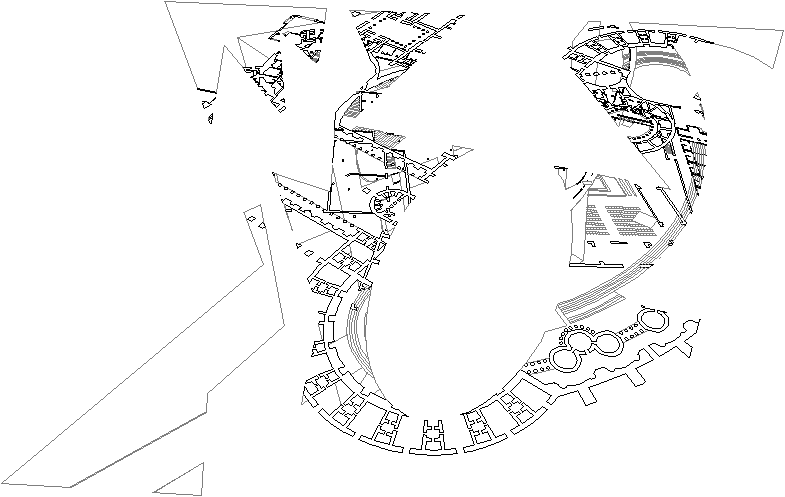
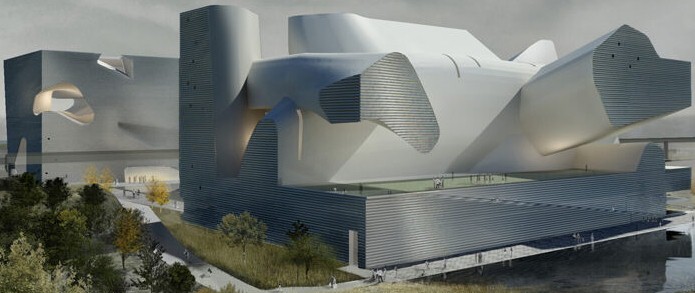
Steven Holl, Tianjin Ecocity Ecology and Planning Museums, 2013
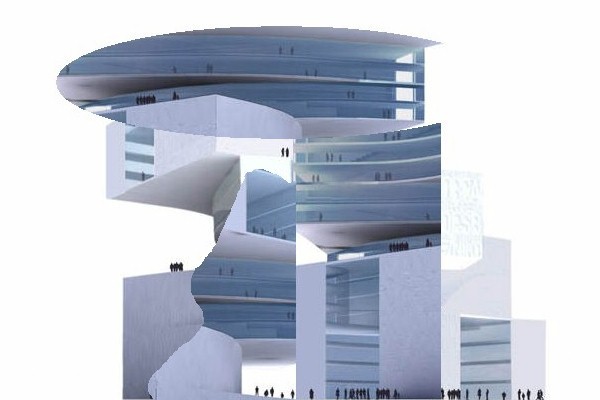
Stephen Lauf, Old School of New Thinking, scheme 1, 2007.09.22
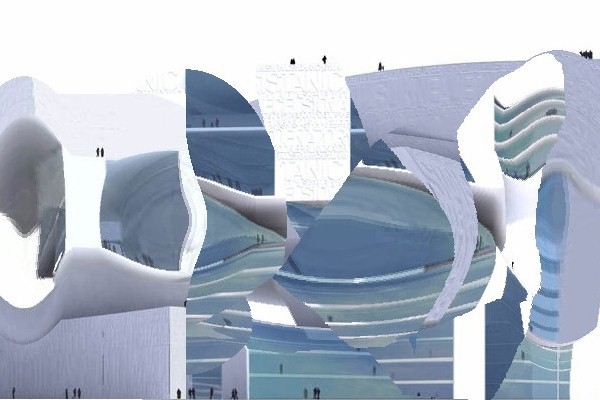
Stephen Lauf, Old School of New Thinking, scheme 3, 2007.09.22
Yes Virginia, the Pre-Raphaelites came after Raphael.
But what comes before Pre-Shrine?
Museumpeace, of course.
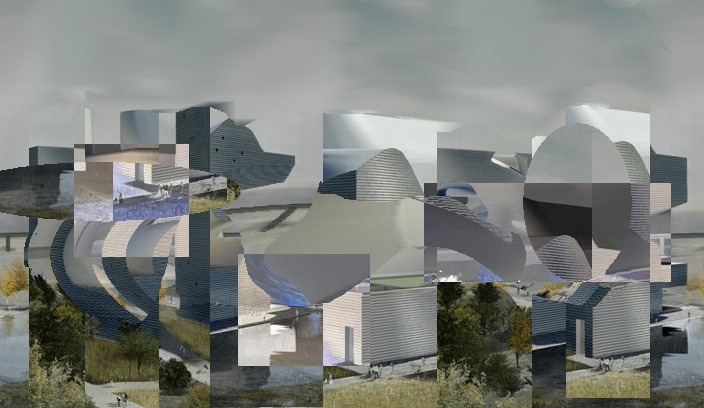
Quondam, Yin/Yang Compare/Contrast Museum/Pre-Shrine, 2013.01.21

...maybe even a floor plan.
|